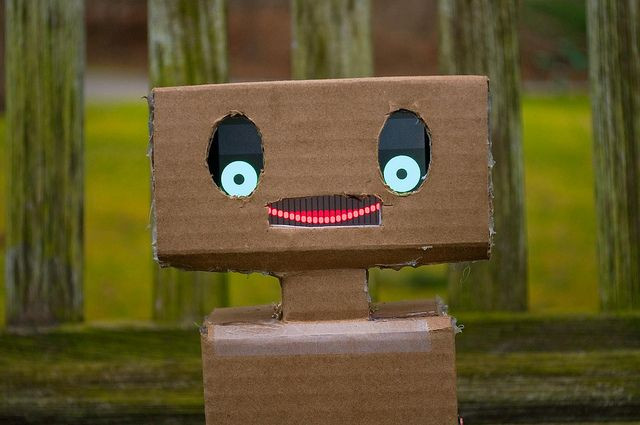Humans Can Empathize With Robots, But Not Like We Do With Other Humans

Displaying empathy is a basic human emotion — unless you’re a psychopath. Still, most people will empathize with others, whether that person is stressed or sad or in pain. As we slowly build better, smarter, more human-like robots, we want them to be a more integral part of our daily lives, so we need to empathize with them as well. However, as many Hollywood films show, robots are cold, calculating, and unfeeling machines that either go about their jobs with exact precision or threaten to destroy humankind because we are pretty much useless to them. That being said, it would be rather hard to empathize with the Terminator, but scientists still want to find a way for us to do so.
Researchers at the Department of Information Science and Engineering, Toyohashi University of Technology in collaboration with researchers at the Department of Psychology, Kyoto University, have found the first neurophysiological evidence showing people can actually empathize with robots if those robots are shown to be in pain. The researchers also highlighted the difference between how we empathize with robots and how we empathize with other humans.
To come to their conclusions, the researchers gathered 15 healthy adults and showed them pictures of a human hand or a robotic hand in painful or non-painful situations, like having a finger cut by a knife. They monitored the participants’ reactions using electroencephalography (EEG) — a method of tracking the electrical activity of the brain — and found the brains of the participants had the same potential for empathy whether they were looking at a robot hand or a human hand.
"The ascending phase of P3 [the decision-making part of our brain] (350-500 milliseconds after the stimulus presentation) showed a positive shift in the observer for a human in pain in comparison with the no-pain condition, but not for a robot in perceived pain. Then, the difference between empathy toward humans and robots disappeared in the descending phase of P3 (500-650 milliseconds)," Associate Professor Michiteru Kitazaki said in a press release. "The positive shift of P3 is considered as reflecting the top-down process of empathy. Its beginning phase seems related to the process of perspective taking, as was shown in a previous study."
These results show we do empathize toward robotic pain, but the researchers found this feeling is not as strong toward robots as it is to humans. They theorize this is because humans can visualize pain from a human perspective, but not from a robotic one.
The researchers are aiming to improve our empathy toward robots in a follow-up study, where they will try to manipulate humans' perspective-taking of them.
Source: Suzuki Y, Ikeda A, Itakura S and Kitazaki M. Measuring empathy for human and robot hand pain using electroencephalography. Scientific Reports. 2015.
Published by Medicaldaily.com



























